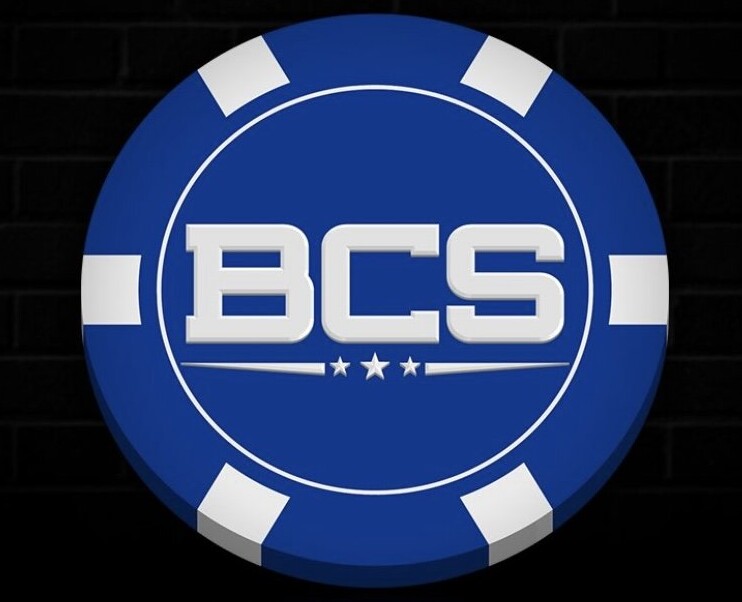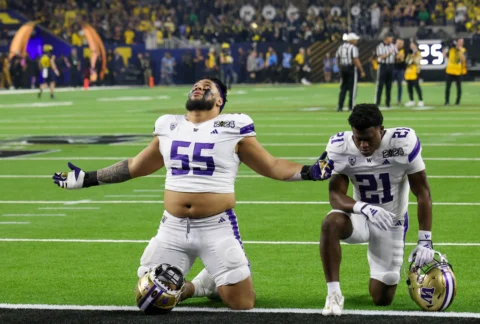The Philadelphia Eagles are doing it.
The LA Chargers are doing it
The Green Bay Packers are doing it.
The LA Rams did it.
The Chicago Bears did it.
The Miami Dolphins will be doing it next season.
What the heck are they doing you ask? They’re all playing or have played some type of derivative of what has become the en vogue defensive scheme. in the NFL. When you see 2 deep safeties and odd fronts the name that comes to mind is Vic Fangio. With these types of defensive schemes, there are certain fronts that are deployed along with coverages that go along with those fronts.
One of the defensive fronts that seem to be growing in usage and popularity, is the Penny front. Long gone are the days of simple 3-4/4-3 designation for defense. Now the defensive schemes change on a snap to snap basis. It’s about time the fans and media started to keep up with times. We’ll start with the Penny front:
What is a Penny Front?
By label you can consider a Penny front a 3-3-5 personnel package. Ther are 3 defensive linemen, 3 Linebackers and 5 defensive backs. On the field this personnel package is deployed as a 5-1 front. That would be 5 defenders on the line of scrimmage with 1 stacked Linebacker behind them.
The defensive linemen will be lined up in either a 303 or 404 line. The term 303 refers to the technique that the linemen line up in, so 303 would be a 3 Tech next to a 0 Tech (or NT) next to another 3 Tech, 404 is the same only the technique is 4i which is a defensive lineman lined up on the inside shoulder of the Offensive Tackle.
On the outside of the linemen are your outside linebackers. They are lined up in either a wide 5 or wide 9 technique. A wide 5 is the rusher lined up on the outside shoulder of the OT, a wide 9 is outside of the TE if he’s on the end of the line. The outside linebackers are rushing from a 2 point stance (standing up), but also will have coverage duties. The third linebacker is stacked behind the line of scrimmage. In the secondary there are typically 2 deep safeties behind that 5-1 front.
The concept of this defense is to limit big plays over the top while still being able to defend the run with a lighter box up front. Against the run, you have your NT eating up blockers with the outside backers setting a hard edge. The stacked LB flows over top and fits the run. A safety comes from depth and inserts himself into the run fits as a wild card that the offense didn’t account for in the blocking scheme. Against the pass the defense has one on one matchups across the line creating the pass rush and 2 deep safeties to prevent anything over the top. The idea is to force the offense into making quick, precise decisions over and over again and slowly work their way down the field. An approach not many offenses are capable of.
Another aspect of having 2 deep safeties is the ability to rotate to a variety of coverage schemes out of that 2 deep shell. A defense can show MOFO (Middle of the Field Open) coverage pre snap and then spin into MOFC (Middle of the Field Closed) post snap. This creates confusion for the QB which will lead to mistakes. For the purpose of this article we’ll use Cover 9 as the coverage call behind our Penny front.
Cover 9 is a different variation of a more common coverage, Cover 3. Cover 9 means that the Safety away from the passing strength rotates down. This coverage also has man match rules attached to it. Man match means that the defenders will be distributing coverage assignments by the route being ran. In Cover 9 your outside Cbs are essentially in man coverage with the #1 WR on the outside. The other defenders apply man match rules. The Safety away from the passing strength rotates down and takes the #2 receiver on anything vertical or to the outside. The slot CB towards the passing strength does the same, #2 vertical and to the outside. Your stacked LBs are spot dropping into zone coverage and carry any vertical or crossing routes. The deep Safety plays on the roof of the defense defending anything threatening the deep middle of the field.
So now we know the X’s and the O’s, who are the Billy and the Joe’s?
Here are the 2023 NFL Draft prospects who’s strengths translate nicely to what this front and coverage demands:
NT/0 Tech – Jaquelin Roy LSU 6’3 305: Roy has the natrual play strength to hold up against double teams and stack/shed. He also has quickness to penetrate and push the pocket.
3 Tech/4i – Karl Brooks Bowling Green 6’3 303 – Tyree Wilson Texas Tech 6’6 271: Both Brooks and Wilson have the athleticism and strength to provide the interior rush that will disrupt run schemes and bring pressure right in the face of the QB
OLB – BJ Ojulari LSU 6’2 248 – Will McDonald Iowa State 6’4 239: Ojulari and McDonald are both speedy rushers that can run the arc and bring that pressure off the edge. Both have the movement abiltiy to cover the flats in space as well.


